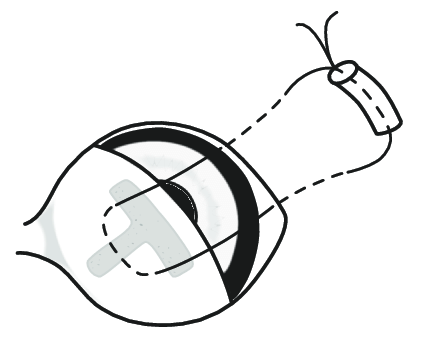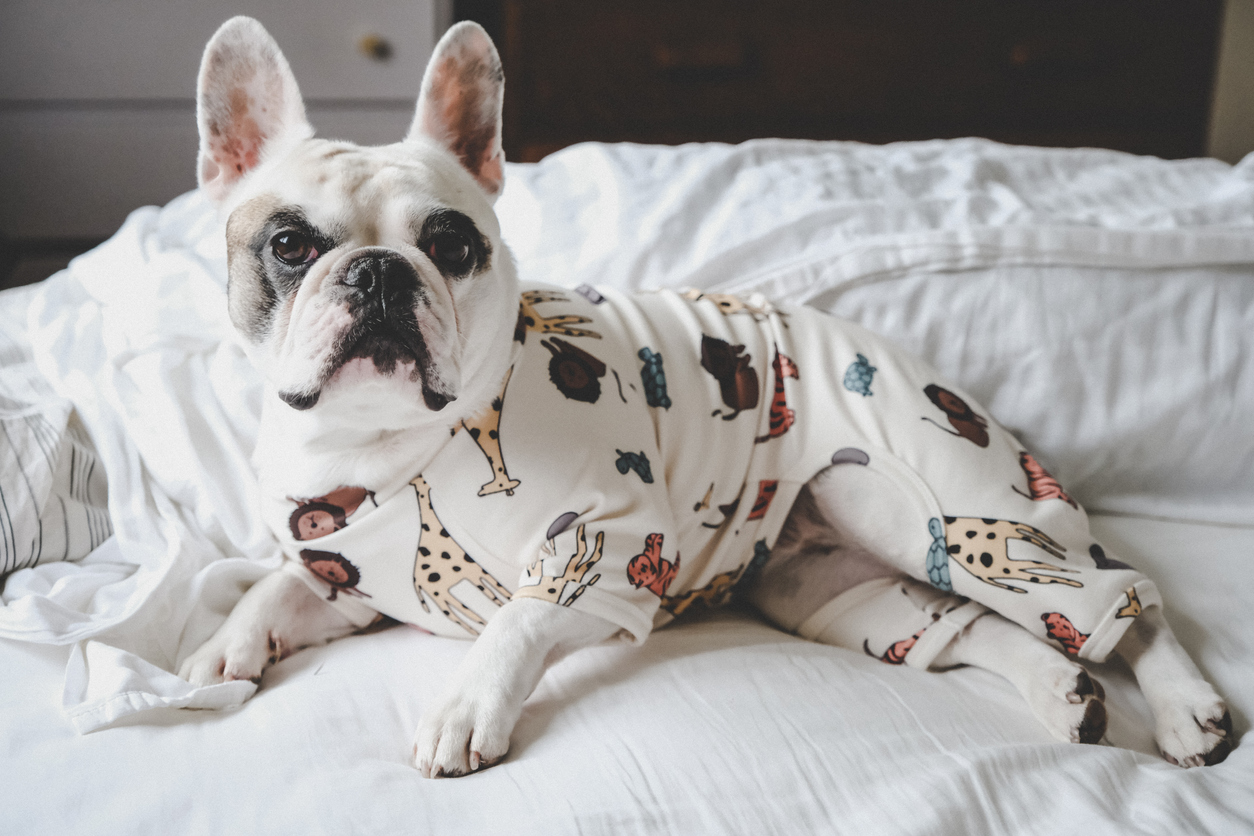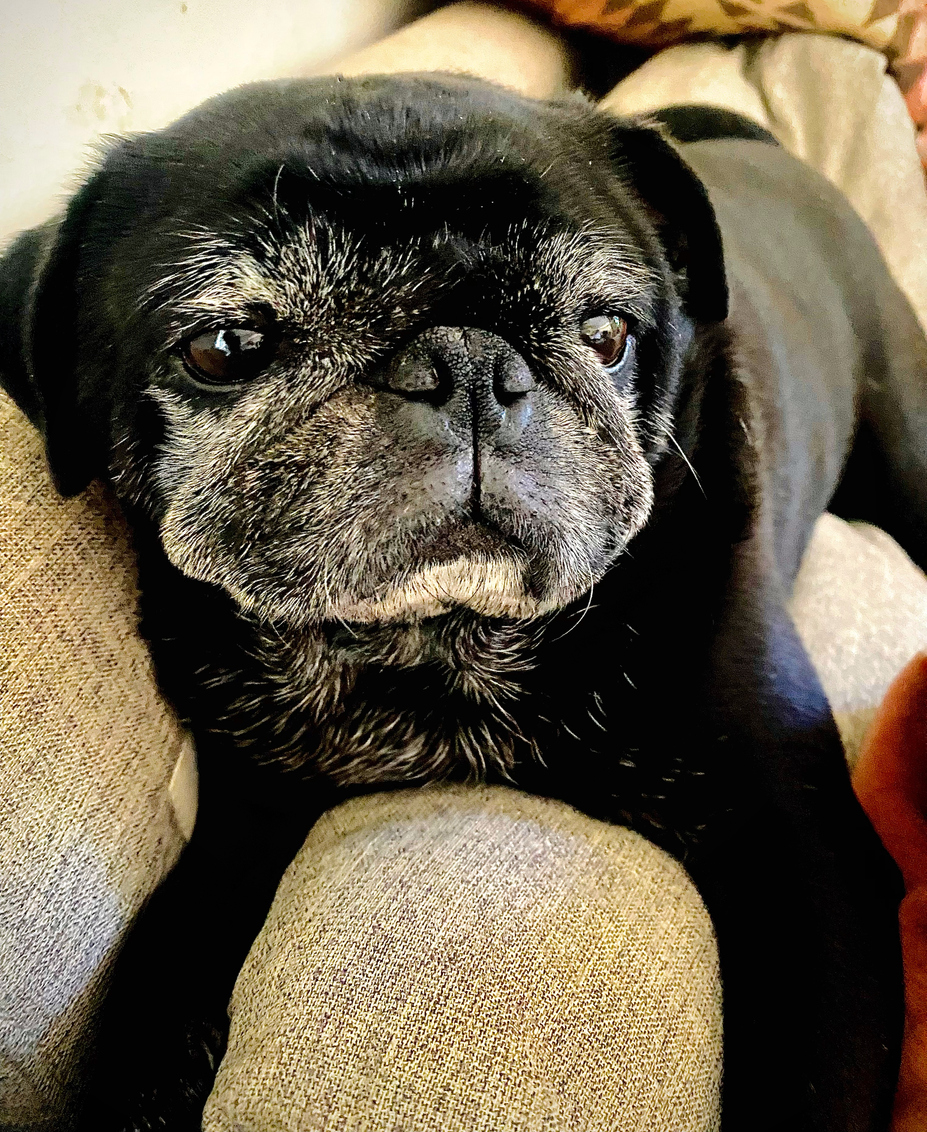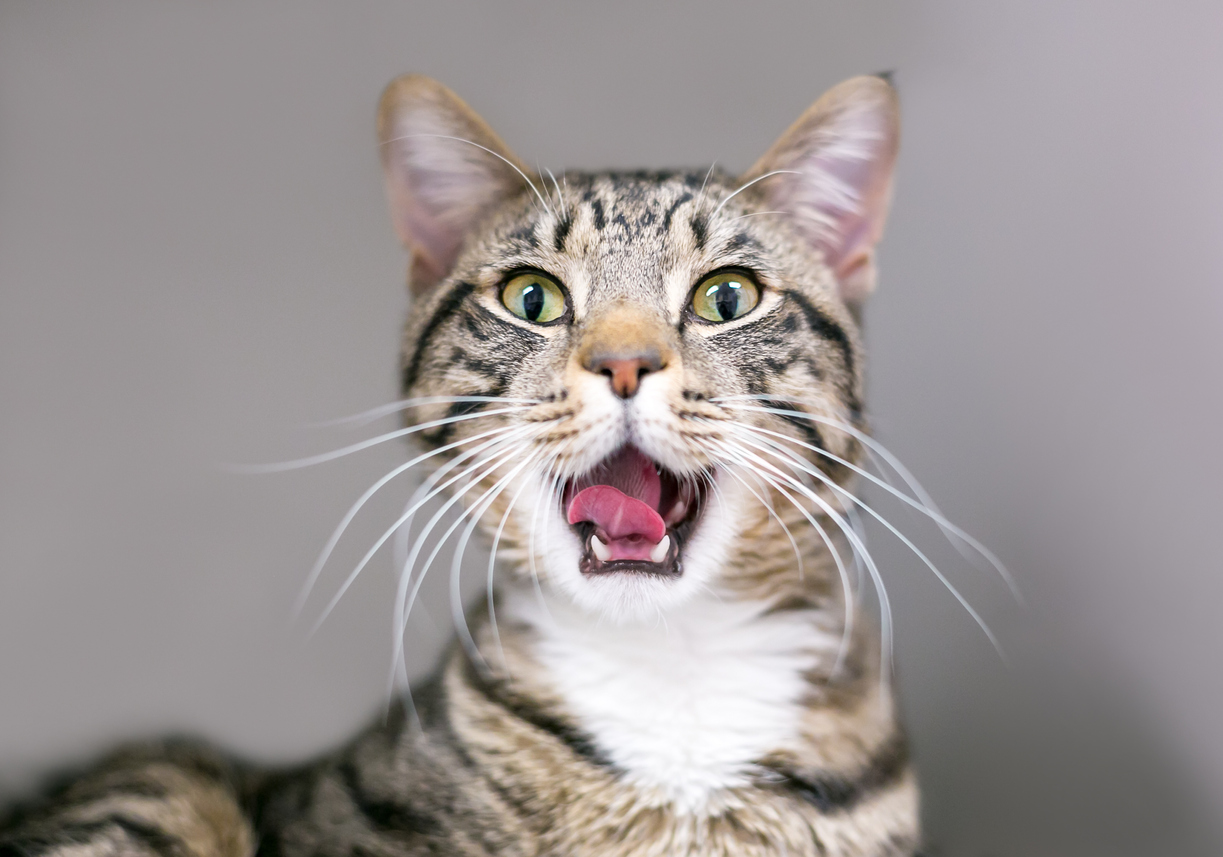Third Eyelid Flap & Tarsorrhaphy
What is third eyelid flap?
The third eyelid flap is a simple and quick procedure to manage corneal diseases in the dog and cat. The flap can provide support to a weakened cornea and protect the eye surface from further damage. In addition, the flap can help reduce dryness of the eye by reducing evaporation of the tear film from the eye surface. The third eyelid also supplies serum and inflammatory cells to the diseased cornea. Finally, fixation of the third eyelid over the cornea prevents repeated movements of the third eyelid and eyelids across it. This can reduce discomfort for the eye.
When Is a Third Eyelid Flap Indicated or not Indicated?
The most common application of the technique in practice is as a form of treatment for corneal ulceration. It can be used as the primary treatment for non-infected superficial corneal ulcers. This is because a third eyelid flap will not directly supply blood to the ulcer or provide enough support to deeper ulceration. For a deep ulcer, another surgical procedure, such as a conjunctival pedicle graft would be more appropriate.
The main disadvantage of the third eyelid flap is that it prevents examination of the eye whilst it is in place. It is possible that the corneal ulcer could worsen without being noticed. For this reason, the flap should not be used in the presence of an infected corneal ulcer, in which case abnormal eye discharge is usually present. In addition, if the eye has other eye diseases, such as uveitis, then regular examination will be needed to assess response to treatment and so a third eyelid flap will not be placed.
How Is a Third Eyelid Flap Created?
The procedure can be carried out under sedation or general anaesthetic. In both cases, topical anaesthetic is applied before surgery. The third eyelid is then sutured to the conjunctiva.
What Is the Aftercare?
It is recommended to use Elizabethan collar to prevent trauma to the eye. Postoperative medications usually require some form of topical antibiotic therapy and systemic analgesia, usually in the form of non-steroidal anti-inflammatories. For topical therapy, drops are preferred as they are more likely to reach the site of ulceration than ointments.
Third eyelid flaps are usually left in place for 10-14 days but can be left longer if needed. It is usually possible to remove the sutures and release the flap in the conscious patient using topical anaesthesia.
What is Tarsorrhaphy?
Tarsorrhaphy is a surgical procedure of the eye, specifically the upper and lower eyelids. In this eye procedure, part or all of the lower and upper eyelids will be joined to close the eye. It is used after a complex corneal ulceration to both protect the cornea during the short healing period and to aid the healing process. The technique involves using suture that pulls the top and bottom eyelids together. A tarsorrhaphy can be temporary or permanent, total or partial.
It is indicated when corneal ulcerations occur as a result of trauma or injury to the eye. The most common dogs affected by this eye abnormality are brachycephalic dogs with short noses and flat faces. These dogs have eyes that protrude outwards and can easily become infected or injured. A canine would then require corneal surgery, which would remove the outermost layer of irregular tissues, and then be protected by tarsorrhaphy.
Tarsorrhaphy Procedure
An anesthetic will be injected into the upper and lower eyelids. The area will be cleansed with iodine, while the bolster is prepared. The bolster is the device used to anchor the sutures for the tarsorrhaphy. Once the bolster is prepared with suture material, the surgeon will line up the device with the midline of the upper eyelid. A second bolster will be prepared to align with the midline of the lower eyelid. Once both bolsters are in place, the surgeon can create a drawstring through the top and bottom bolsters, moving the eyelids together as the strings are pulled.Efficacy of Tarsorrhaphy
Tarsorrhaphy is a highly effective form of protection for the cornea during the recovery period. Keeping the cornea safe underneath the eyelids, protects it from air, debris and bacteria that could slow healing time. It promotes a great deal of healing and speeds the total time of recovery.
What Is the Aftercare?
Following a tarsorrhaphy procedure, the pet will require a short period of hospitalization but can return home after a day or two. Once home, the pet will require an Elizabethan collar to prevent trauma to the eye. Antibiotic and anti-inflammatory drug may be required to prevent infection and inflammation. Medications may also be used to decrease the eye pressure behind the closed eyelids.
Tarsorrhaphy is highly effective, but it does require a great deal of monitoring at home from the pet owner. The area must remain clean and the pet must not scratch at the tarsorrhaphy area. The pet must remain in a clean environment and follow-up appointments with the veterinarian are required for appropriate healing. Inflammation behind the eyelids is possible, which should be immediately addressed by the vet.



